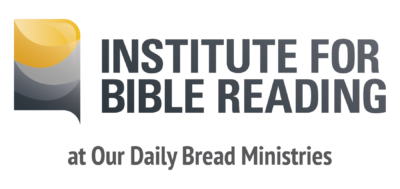What We’re Reading: September 2017
From time to time we’ll share some of the interesting and thought-provoking content we come across.
*Note: Sharing doesn’t necessarily imply 100% agreement with the article or endorsement of the author.
Cultivating the Practice of Reading Scripture by Joel B. Green
The Scriptures are often approached with the intent to master their propositions or memorize their truths. Joel Green, provost for Fuller Seminary and dean of the School of Theology, shares this thoughts on Scripture reading’s role in spiritual formation. “The practice of reading Scripture is not about learning how to mold the biblical message to contemporary lives and modern needs.” says Green, “Rather, the Scriptures yearn to reshape how we comprehend our lives and identify our greatest needs.” He then offers six suggestions for cultivating the practice of reading Scripture not so that we can master it, but so that it can “master us” and do the work of molding us into the image of Christ.
Putting the Bible Together by Kaz Yamazaki-Ransom
As narrative theology has gained popularity there have been multiple frameworks for structuring the “metanarrative” of the Bible. Some have offered a three or four-part model, others (like N. T. Wright) have offered a five-act drama model. Still others use a six-act model. Japanese theologian Kaz Yamazaki-Ransom offers a seven-part model, arguing that it allows for a “chiastic” story form, with Jesus at the center of the storyline as the redeemer of the earlier acts.
Interactions of the Reading Mind by Johs Krejberg Haahr
With the ubiquity of smartphones (with ever-increasing screen sizes) and popularity of e-readers and tablets, many people are choosing to read on screens rather than on paper. So how can we leverage technology to provide a great reading experience? The folks at Danish design firm 2K/DENMARK recognize that the media of screens and books have inherent differences that cannot be overlooked, so simply trying to copy a physical reading experience on a digital device is a subpar solution. This article in particular explores the different levels of interaction that happen during reading and the role the digital medium should play in each level. When should technology step in to assist the user, and when should it fade into the background?

